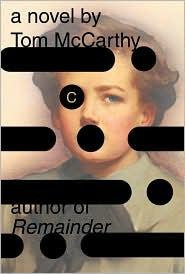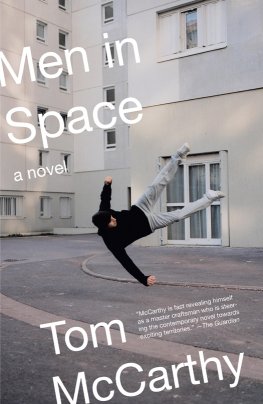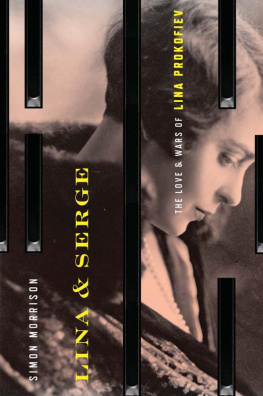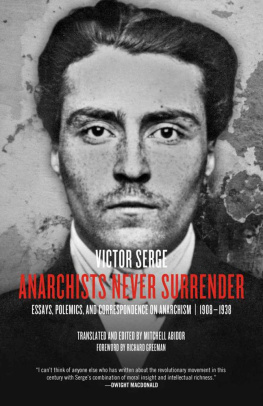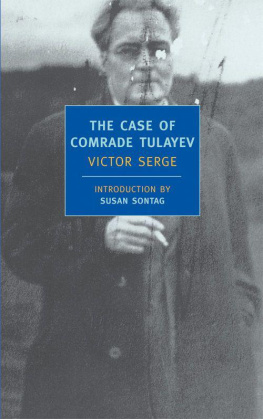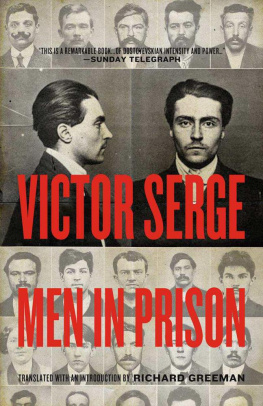ALSO BY TOM M C C ARTHY
Remainder
Tintin and the Secret of Literature
THIS IS A BORZOI BOOK
PUBLISHED BY ALFRED A. KNOPF
Copyright 2010 by Tom McCarthy
All rights reserved. Published in the United States by Alfred A. Knopf, a division of Random House, Inc., New York.
www.aaknopf.com
Knopf, Borzoi Books, and the colophon are registered trademarks of Random House, Inc.
Originally published in Great Britain by Jonathan Cape, the Random House Group Ltd., London.
A portion of this work previously appeared in Granta.
Library of Congress Cataloging-in-Publication Data
McCarthy, Tom, [date]
C / by Tom McCarthy.1st ed.
p. cm.
eISBN: 978-0-307-59445-7
1. TechnologyFiction. 2. Self-actualization (Psychology)Fiction. I. Title.
PR6113.C369C3 2010 823.92dc22 2010004071
v3.1
FOR EVA STENRAM
Ourselves must we beneath the Couch of Earth
Descend, ourselves to make a Couchfor whom?
OMAR KHAYYM
Contents

Caul
i
D r. Learmont, newly appointed general practitioner for the districts of West Masedown and New Eliry, rocks and jolts on the front seat of a trap as it descends the lightly sloping path of Versoie House. He has sore buttocks: the seats hard and uncushioned. His companion, Mr. Dean of Hudson and Dean Deliveries (Lydium and Environs Since 1868), doesnt seem to feel any discomfort. His glazed eyes stare vaguely ahead; his leathery hands, reins woven through their fingers, hover just above his knees. The rattle of glass bottles and the fricative rasp of copper wire against more copper wire rise from the traps back and, mixing with the click and shuffle of the horses hooves on gravel, hang undisturbed about the still September air. Above the vehicle tall conifers rise straight and inert as columns. Higher, much further out, black birds whirr silently beneath a concave vault of sky.
Between the doctors legs are wedged a brown case and a black inhaling apparatus. In his hand he holds a yellow piece of paper. Hes scrutinising this, perplexed, as best he can. From time to time he glances up from it to peer through the curtain of conifers, which reveal, then quickly conceal again, glimpses of mown grass and rows of smaller trees with white fruit and green and red foliage. Theres movement around these: small limbs reaching, touching and separating in a semi-regular pattern, as though practising a butterfly or breaststroke.
The trap rolls through a hanging pall of wood smoke, then turns, clearing the conifers. Now Learmont can see that the limbs belong to children, four or five of them, playing some kind of game. They stand in a loose circle, raising their arms and patting their hands together. Their lips are moving, but no sounds emerging from them. Occasionally a squawk of laughter ricochets around the orchard, but its hard to tell which child its coming from. Besides, the laughter doesnt sound quite right. It sounds distorted, slightly warpedventriloquised almost, as though piped in from somewhere else. None of the children seem to notice his arrival; none of them, in fact, seem to be aware of their own individual presence outside and beyond that of the moving circle, their separateness given over to its fleshy choreography of multiplied, entwining bodies.
Without jerking the reins or speaking to the horse, Mr. Dean pulls the trap to a halt. Beside it, to its right, a narrow, still stream lies in front of a tall garden wall over which, from the far side, ferns and wisteria are spilling. To the traps left, a veined set of rose-bush stems and branches, flowers gone, clings to another wall. The wood-smoke pall comes from beyond this. So, too, does an old man with a rake, emerging from a doorway in the wall to shunt a wheelbarrow across the gravel.
Hello! Learmont calls out to him. Hello?
The old man stops, sets down his wheelbarrow and looks back at Learmont.
Can you tell me where to find the main house? The entrance?
The old man gestures with his free hand: over there. Then, taking up the handle of his wheelbarrow once more, he shuffles past the trap towards the orchard. Learmont listens as his footsteps die away. Eventually he turns to Mr. Dean and says:
Silent as a tomb.
Mr. Dean shrugs. Dr. Learmont climbs down onto the gravel, shakes his legs and looks around. The old man seemed to be pointing beyond the overspilling garden wall. This, too, has a small doorway in it.
Why dont you wait here? Learmont suggests to Mr. Dean. Ill go and find he holds his yellow paper up and scrutinises it againthis Mr. Carrefax.
Mr. Dean nods. Dr. Learmont takes his case and inhaler, steps onto a strip of grass and crosses a small wooden bridge above the moat-like stream. Then, lowering his head beneath wisteria that manage to brush it nonetheless, he walks through the doorway.
Inside the garden are chrysanthemums, irises, tulips and anemones, all stacked and tumbling over one another on both sides of a path of uneven mosaic paving stones. Learmont follows the path towards a passageway formed by hedges and a roof of trellis strung with poisonberries and some kind of wiry, light-brown vine whose strands lead off to what look like stables. As he nears the passageway, he can hear a buzzing sound. He stops and listens. It seems to be coming from the stables: an intermittent, mechanical buzz. Learmont thinks of going in and asking the people operating the machinery for more directions, but, reasoning that it might be running on its own, decides instead to continue following the path. This forks to the right and, after passing through a doorway in another wall, splits into a maze-pattern that unfolds across a lawn on whose far side stands another wall containing yet another doorway. Learmont strides across the lawn and steps through this third doorway, which deposits him onto the edge of the orchard he saw as he first arrived. The large, lightly sloping gravel path he descended with Mr. Dean is now on the orchards far side, half-hidden by the conifers; a smaller footpath, on which hes now standing, lies perpendicular to this, between the gardens outer wall and the orchards lower edge. The children are still there, wrapped up in their mute pantomime. Learmont runs his eye beyond them: the rows of small, white-fruited trees give over to an unkempt lawn that, after sixty yards or so, turns into a field on which the odd sheep grazes. The field rises to a ridge; a telegraph line runs across this, then falls down the far side, away from view.
Learmont glances at his paper once again, then turns to his left and follows the footpath along the gardens outer walluntil he eventually finds, at the end of this, the house.
ii
He rings the bell, then steps back and looks up at the building. Its front is overgrown with ivy that has started to turn red. He rings the bell again, bringing his ear up to the door. This time someones heard it: he can hear footsteps approaching. A maid opens for him. She looks flustered: her hair is dishevelled, her sleeves rolled up and her hands and brow wet. A girl of three or four stands behind her, holding a towel. Both maid and girl look at Learmonts case and inhaler.
Delivery? the maid asks.
Well, I yes, he answers, holding up his paper. Ive come to
A man appears from within the house and pushes his way past the maid and child.
Next page
